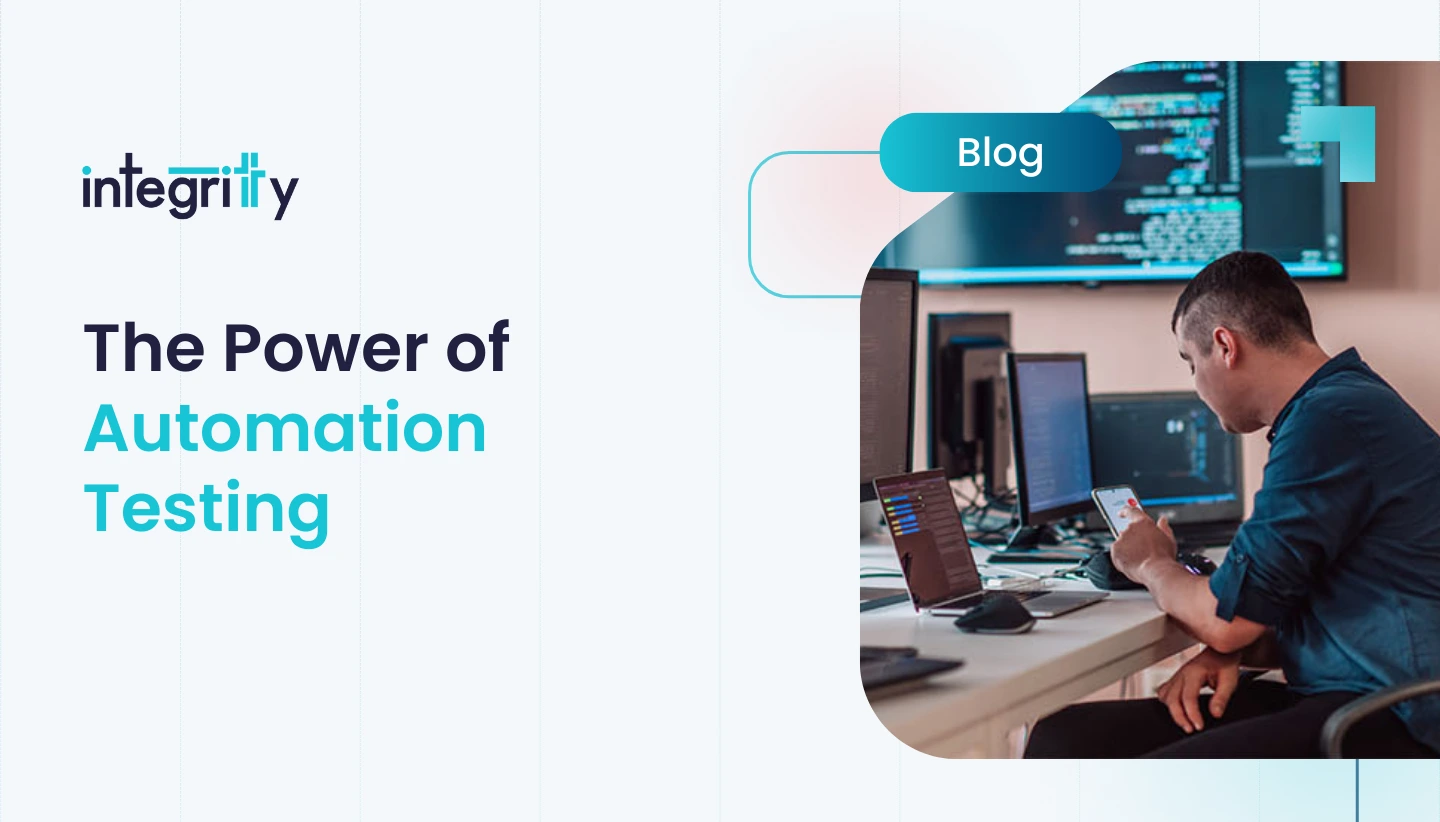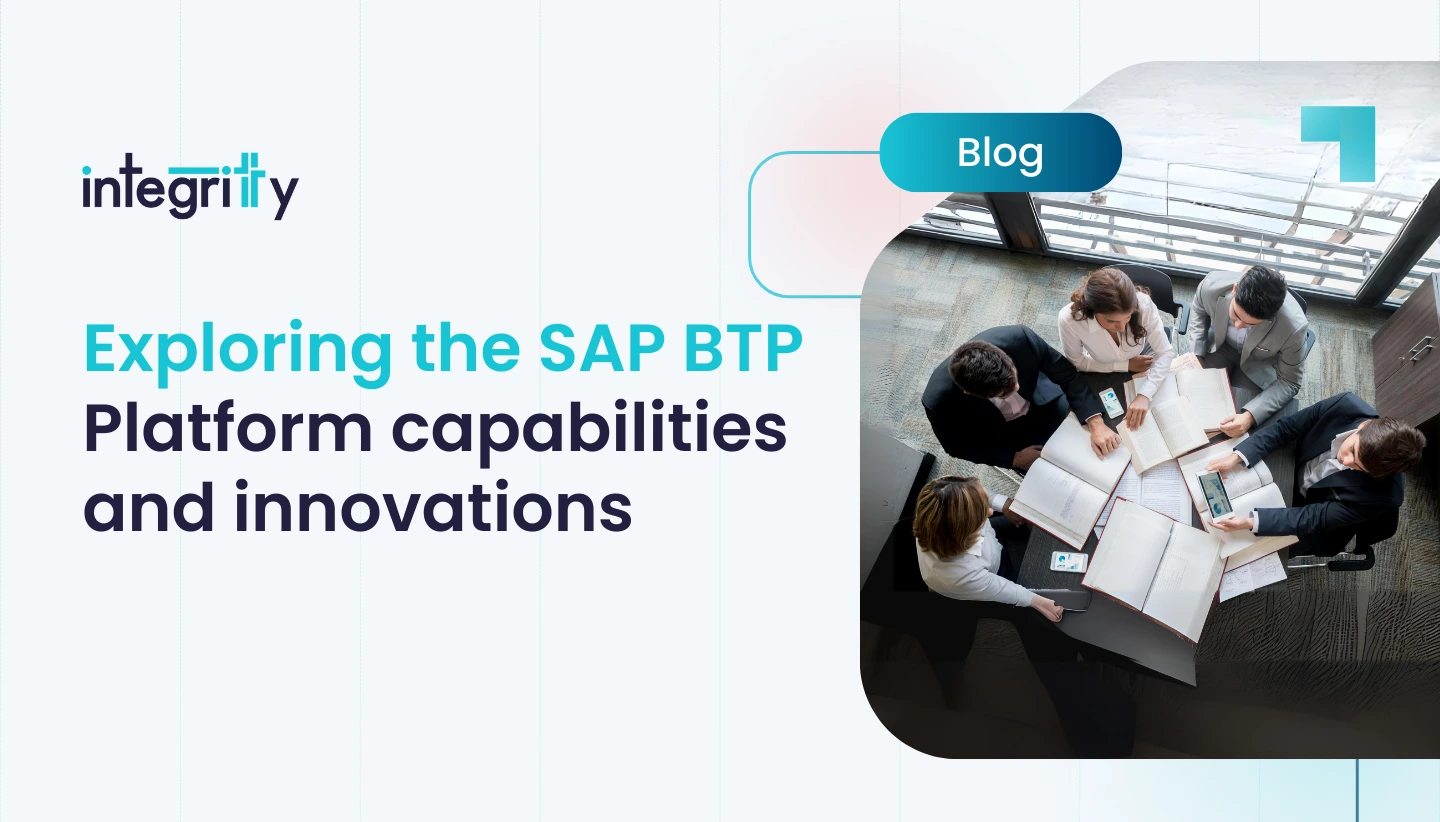Many organizations face a gap between strict SAP security protocols and the actual configurations needed to protect against threats. According to a study by security firm Onapsis, attackers persistently target vulnerabilities in SAP applications. They often have proof-of-concept code for new vulnerabilities within 24 hours and full exploits in under three days.
SAP security vulnerabilities come in various forms. Some of the most common include:
- Outdated or misconfigured SAP Router, SAP Web Dispatcher, Internet Communication Manager, and SAP Gateway can compromise communication between SAP systems and external networks. When outdated or configured incorrectly, they can expose your organization to unauthorized access and data breaches. Regularly updating these components and adhering to best practices in configuration can significantly reduce potential risks in SAP deployments.
- Public services without authentication, unsecured admin access, and unencrypted communication allow attackers easy access to sensitive data and systems. Additionally, insufficiently secured administrative access can enable unauthorized users to modify system configurations posing a significant risk. Require strong authentication, limit admin access, and use encryption to mitigate vulnerabilities in SAP deployments.
- Misconfigurations in SAP settings can create vulnerabilities. Regular security assessments, audits, and adherence to SAP security guidelines can help identify and fix these issues.
- Custom, open-source, and third-party code can introduce security vulnerabilities. Implement secure coding standards, regular code reviews, and automated scanning tools to identify and fix vulnerabilities in SAP deployments.
- Unpatched vulnerabilities: SAP regularly releases patches and updates to address known vulnerabilities in its software. However, organizations may delay applying these patches due to concerns about potential impacts on business operations and application stability. This delay can leave systems exposed to attacks targeting known vulnerabilities. A robust patch management process with regular testing and deployment keeps SAP deployments secure and up-to-date.
- Connected third-party software: Integrating third-party software with SAP systems can introduce new vulnerabilities if not properly secured. Ensure third-party software follows security best practices and conduct regular audits to minimize risks in SAP deployments.
To protect your organization’s SAP deployments, it’s essential to proactively address these security vulnerabilities. Here are a few steps you can take to strengthen your SAP security posture:
- Develop and implement an SAP security strategy that aligns with your organization’s overall security goals and risk tolerance. This strategy should cover topics such as access controls, secure configurations, patch management, and incident response for your SAP deployments.
- Train your development and IT teams on SAP security best practices to ensure that they are aware of potential risks and know how to address them. Regular training can help your organization stay current with the latest threats and mitigation techniques, especially in the context of SAP deployments.
- Leverage SAP security tools and solutions to automate vulnerability detection and remediation in your SAP deployments. These tools can help streamline the process of identifying and addressing security issues, reducing the likelihood of human error.
- Conduct regular security assessments and audits of your SAP deployments to identify potential vulnerabilities and areas for improvement. This will help your organization maintain a strong security posture and ensure that you are continuously adapting to evolving threats.
- Foster a culture of security awareness within your organization. Encourage employees to take responsibility for protecting the company’s SAP systems and data by promoting a security-conscious mindset. This includes regularly sharing security updates, hosting workshops, and providing resources to educate employees about potential risks and best practices in handling SAP deployments.
- Establish a strong incident response plan for dealing with security breaches and vulnerabilities in your SAP deployments. This plan should outline how your organization will identify, contain, eradicate, and recover from security incidents. Regularly review and update the plan to ensure it remains effective in the face of evolving threats.
- Collaborate with SAP and other software vendors to stay informed about the latest security updates, patches, and best practices. Building a strong relationship with your software providers can help ensure that you receive timely and accurate information about potential security issues affecting your SAP deployments.
- Monitor and analyze system logs and other security-related data from your SAP deployments to detect potential threats and anomalies. Using security information and event management (SIEM) tools can help your organization aggregate and analyze this data to identify potential security incidents more efficiently.
- Implement robust access controls to such as role-based access control (RBAC), to ensure that only authorized users have access to sensitive data and systems. Regularly review user permissions and access logs to identify and address potential risks to your SAP deployments.
- Consider working with SAP security experts or engaging an external security consultant to help assess and improve your organization’s security posture. These professionals can provide valuable insights and recommendations to help you address potential vulnerabilities and strengthen your defenses in your SAP deployments.
By taking these steps and maintaining a proactive approach to SAP security, your organization can better protect its SAP deployments from potential threats and vulnerabilities. Remember that safeguarding your systems is an ongoing process that requires continuous effort, vigilance, and adaptation to the ever-evolving cybersecurity landscape. With the right strategies and resources in place, you can ensure the security and integrity of your SAP environment, safeguarding your organization’s valuable data and business operations.






